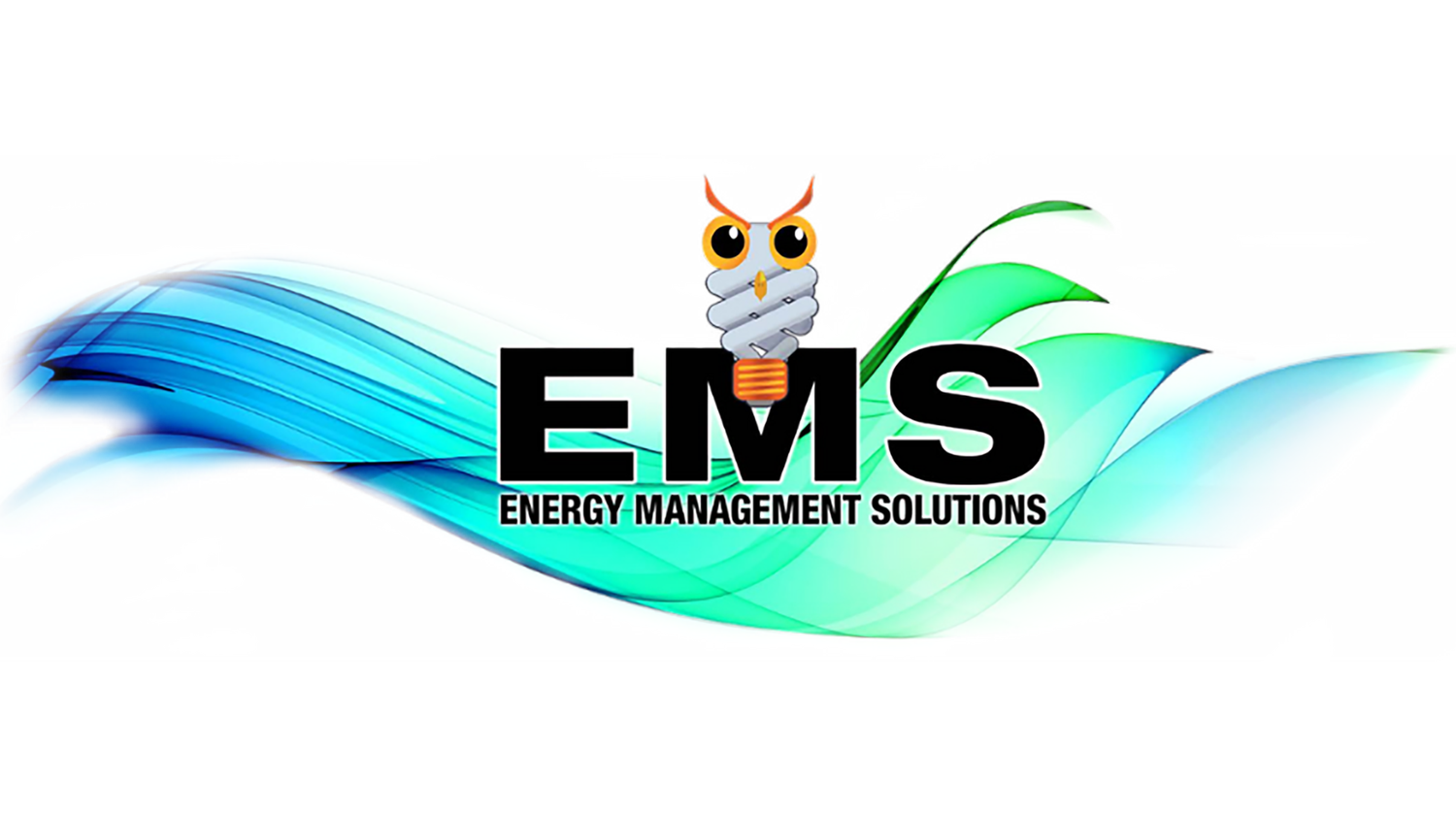What is Cellulose Insulation?
Eco-Friendly Insulation
Eco-friendly solutions are all the rave these days. People are always aiming to find ways to reduce their waste and be more environmentally conscious. Cellulose insulation is a popular choice for many homeowners looking to improve the energy efficiency of their homes as it achieves a higher R-value than traditional fiberglass insulation. Made from recycled paper products, such as newspapers and cardboard. It is treated with chemicals to make it resistant to fire, mold, and pests. Loose-fill, blown-in Cellulose insulation is known for its ability to fill small gaps and crevices, providing better coverage and thermal performance compared to traditional insulation materials. Overall, cellulose insulation is a cost-effective and sustainable solution for improving the comfort and energy efficiency of residential and commercial buildings.
Fiberglass Insulation
Fiberglass insulation is a popular choice for many homeowners due to several positive attributes. It is cost-effective compared to other types of insulation, making it a budget-friendly option for those looking to improve their home's energy efficiency. Additionally, fiberglass insulation is known for its fire-resistant properties, adding a safety feature to buildings where it is installed. This type of insulation is also easy to install, making it a convenient choice for both professional contractors and DIY enthusiasts. Lastly, fiberglass insulation is an excellent thermal insulator, helping to keep buildings cool in the summer and warm in the winter, thus contributing to energy savings over time.
Now even with all the benefits of Fiberglass, there are downsides. Fiberglass insulation, while commonly used, does have its drawbacks. It can be irritating to the skin, eyes, and respiratory system during installation due to the tiny glass fibers it is made of. Additionally, fiberglass insulation can lose its effectiveness if it becomes wet or damp, leading to mold growth and reduced thermal performance. In some cases, improper installation can create air gaps, diminishing its ability to provide consistent insulation throughout a building. Furthermore, fiberglass insulation is not as eco-friendly as other insulation materials, as it requires a large amount of energy to produce and is not easily recyclable.
Which type of insulation is the better option for my home?
When considering insulation options for your home, it's essential to weigh the pros and cons of cellulose and fiberglass insulation. Cellulose insulation is eco-friendly, made from recycled paper, and requires less energy to manufacture compared to fiberglass insulation. Cellulose is coated before it is turned into insulation and the benefit of this is its mold, fire and pest resistant properties! Additionally, it provides better resistance to airflow and is more effective at reducing energy loss. On the other hand, fiberglass insulation is, moisture-resistant, and doesn't settle over time like cellulose insulation. It is easier to install but that’s roughly where the pros fall short to the cons. To make an informed decision, consider your specific needs, budget, and long-term energy efficiency goals.


